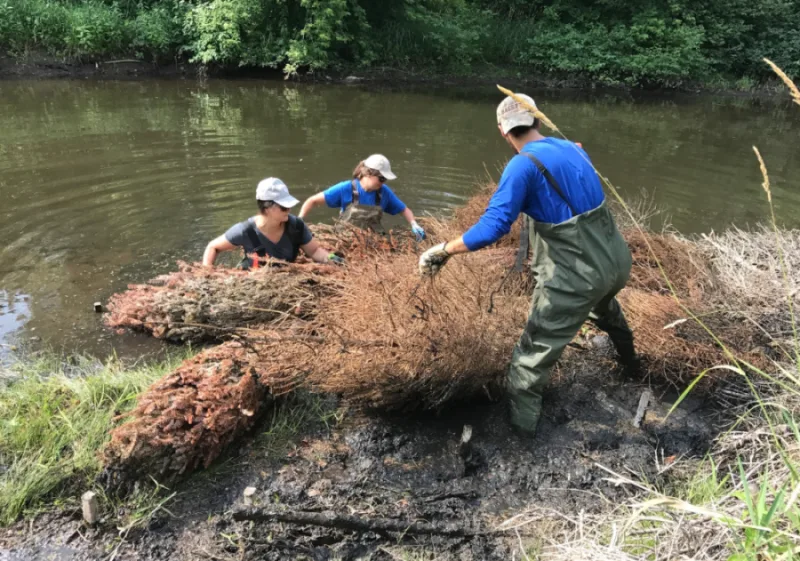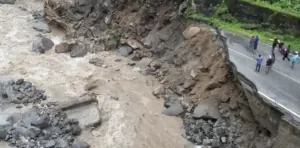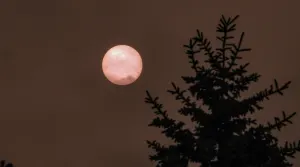
An innovative way to upcycle your Christmas tree, while helping waterways
Conservation Halton upcycles old Christmas trees while simultaneously rehabilitating creeks across the Golden Horseshoe
Every year after the holidays, there’s an overabundance of leftover Christmas trees that people leave out for city crews to pick up, where they're then chipped or burned in a landfill. But if your resolution was to be a little more environmentally aware this year, you might want to consider this alternative option next year.
Typically around the second weekend of January, Conservation Halton will collect hundreds of trees and give them a new life, while simultaneously rehabilitating nearby waterways.
“We construct these mats using wooden stakes, twine and the Christmas trees,” explains Amanda Draves, a restoration project field technician with Conservation Halton. “We weave them together in the creek and we stake them in place. So over time, those stakes and the twine and then the trees twined together will hold the mat in place, and then as sediment catches it anchors those trees into place.”

Photo courtesy: Conservation Halton/Submitted. TAKEN JULY 2018
The organization uses Christmas trees, specifically, because they are so readily available after the holidays, but Draves says any woody material will work.
“We've been using trees at Conservation Halton for this purpose for about eight years, but I think historically it started to mimic natural processes because trees fall in creeks naturally all the time and degrade over time. It's a very natural way to help improve these creeks by not introducing something foreign into the water.”

Staff at Conservation Halton use twine, wooden stakes and Christmas trees to line the water’s edge. Courtesy: Conservation Halton
Over time, these 'tree mats' will catch sediment and other materials flowing through the waterways.
“In as few as two years, depending on the location, you could start to see that sediment mat filling in with sediment in between the trees, and so over time, that will fill in — you won't see the trees anymore and then vegetation will start to grow up on that mat.”
Draves says this process increases the vegetation alongside the creek, which is a bonus benefit of this unconventional upcycle method.


Before and after shot of a waterway taken in 2019. Courtesy of Conservation Halton
“You're increasing the vegetation alongside the creek which is also healthy. It stabilizes the creek bank and it also provides shade on the creek, as well, which will also help with decreasing water temperature [to the benefit of aquatic insects and fish],” she adds.
TREE DROP OFF DAY
This year Conservation Halton teamed up with the City of Hamilton and the Children’s Foundation of Guelph and Wellington to collect trees. Conservation Halton held a drop off day at their headquarters. Altogether they collected more than 800 trees — the most they’ve ever received.
The drop off day, however, is only one day a year — typically some time in the second week of January. If you missed your chance this year, be sure to mark it in your calendar for 2022!
For more information on the Conservation Halton Christmas tree restoration project, please watch the video that leads this article.










